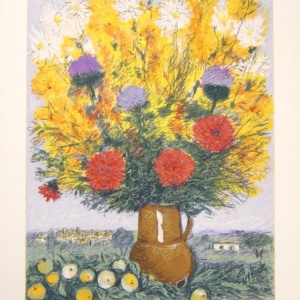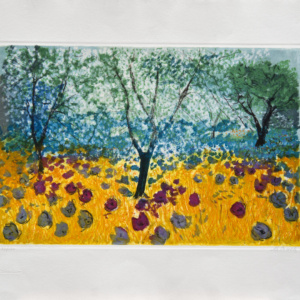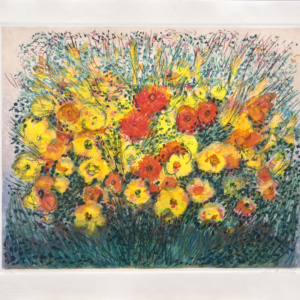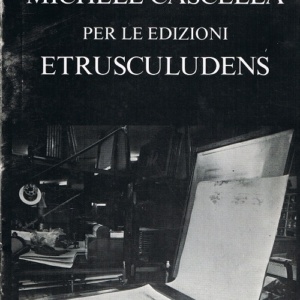Michele Cascella
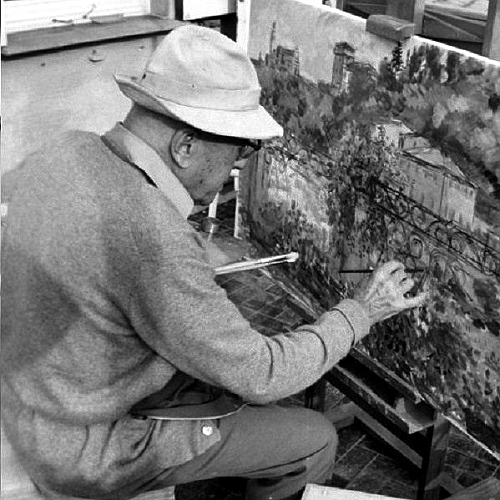
ART PRINTS
CATALOGUES
ARTISTS
Michele Cascella was born in Ortona, near Chieti, in 1892. His early artistic endeavours were carried out under the guidance of his father Basilio, and in 1907, together with his brother Tommaso, he held his first solo exhibition in the rooms of the Famiglia Artistica Milanese, the oldest association of artists in the city. In 1909, again with Tommaso, he mounted an exhibition at the Druet Gallery in Paris, and had his work exhibited at the Salon d’Automne. In 1911, he organized an exhibition of his pastel drawings in the foyer of the Rome Opera House.
Between 1914 and 1915 he contributed drawings and illustrations to La Grande Illustrazione (The Great Illustration), an art journal published by his father Basilio, and he exhibited at the Salone dell’Associazione della Stampa and at the Galleria Centrale d’Arte in Milan in 1917. After fighting in the First World War, he had a solo exhibition at the Galleria Bragaglia in Rome in 1919. On that occasion, he met Carlo Carrà, who was instrumental in transferring the exhibition to the Lidel Gallery in Milan. In 1920, he settled in Milan, where he became close friends with poet Clemente Rebora, whose writings became a source of inspiration for some of his art work. From 1928 to 1932, he traveled between Italy and Paris where, in 1937, he was awarded the gold medal at the International Exposition. In 1938, he designed the set for the opera Margaret of Cortona at La Scala in Milan. From 1928 to 1942 he displayed work at every edition of the Venice Biennale, and in 1948 he had a room entirely devoted to his work. From 1938 he lived in Portofino, which became a source of inspiration for his late works. Between 1937 and 1938, he created a large mosaic for the new railway station of Messina Marittima, depicting Mussolini who, on a visit to Palermo, had “endowed Sicily with the responsibility of being the Centre of the Empire”. After the Second World War, the exhibitions abroad became more frequent: in the 1950s and 1960s in Paris and South America – especially in Buenos Aires and Montevideo – as well as in the United States. He settled in California for long periods of time, interspersed with stays in Europe, including Italy, near Colle Val d’Elsa.
His preferred subjects were flowers – poppies and wheat fields –, Portofino and the landscapes of Abruzzo. His works are found in important public and private collections in Italy and abroad. He died in Milan in 1989.



